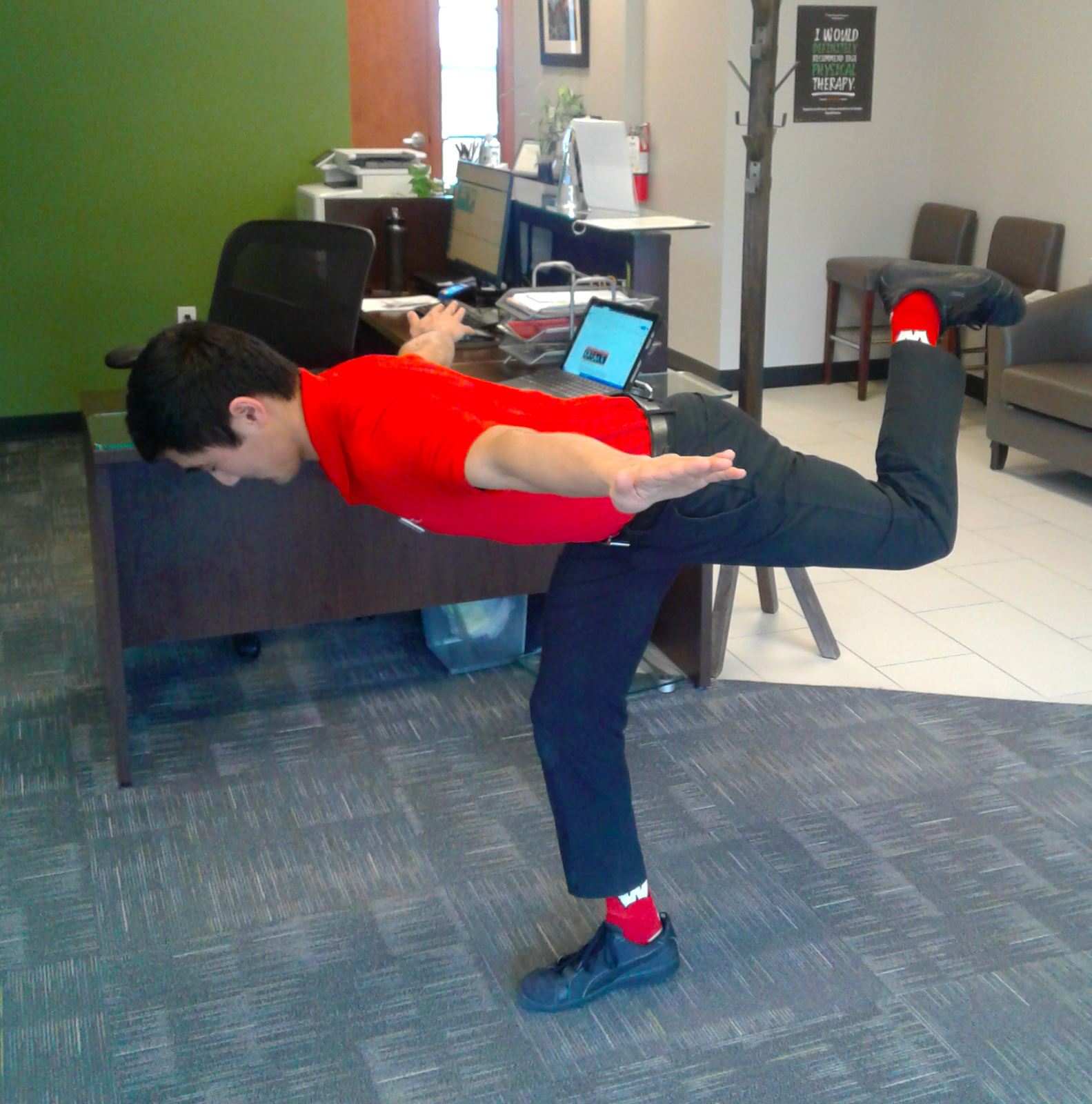Guest Contribution - Charley Liu, DPT, CSCS - Edge Physical Therapy & Rehabilitation, Falls Little League Sponsor
A properly designed warm up program is essential for every athlete prior to practice and competition. The repetitive nature of baseball can lead to overuse injuries such as damage to the rotator cuff in the shoulder, little leaguer’s elbow/shoulder, and other injuries to the extremities. A proper warm-up not only prepares the body to explosively throw, swing, sprint and react during a game, but also minimizes the risk of injury. Dynamic warmups are especially important to little league athletes, who are still growing and developing their baseball technique. By spending 10-15 minutes of dynamic warm up at the beginning of each practice and game, athletes will be able to improve their strength and flexibility and play throughout the season without being sidelined.
How should I Warm up? Static vs Dynamic Warm ups:
Static warm up involves holding stretches for prolonged periods of time. Dynamic warm up involves active movements to loosen up muscles and joints, improve blood flow, and gradually prepare the muscles for baseball-specific movements. When compared to static stretching, studies show that dynamic warm-up is a better pre-activity strategy for increasing strength and power output, improving running endurance, and is just as effective for injury prevention. Here are 7 great ideas to use for your dynamic warm up:
1. Walking Lunges With Trunk Rotation
Power generation in throwing and batting doesn’t start in the arms, it actually starts from the ground up. When throwing/batting, the back leg pushes into the ground. The hips rotate and allows the trunk to “windup”. The hip-trunk then acts like a slingshot to generate maximum power through the arms for the throw/swing.
This exercise will engage the gluteal, quadricep, and core muscles needed to generate power during throwing and batting. Trunk rotation will also improve spine mobility needed during those rotational movements.
Instructions:
Lunge forward while reaching your opposite arm towards the ground and twisting your trunk toward the leading leg.
Step through and repeat with the other side, walking down the field.


“Slingshot” mechanics during the baseball swing
2. Walking T’s
Balance is important for all athletes, especially baseball players. Being able to balance on one leg is required for the “windup” and “follow through” phases of pitching. Without steady balance, players won’t be accurate or generate power. Studies have shown that decreased balance in baseball players even leads to increased risk of elbow injury because poor balance negatively affects the entire body’s mechanics during pitching/throwing.
Walking T’s not only improves balance, but also stretches the hamstrings, engages the hamstrings, gluteal, and core muscles, and teaches proper “follow through” mechanics for pitching. See the above picture for example of “follow through” position.
Instructions:
Start by standing on one leg.
While keeping your back straight, bring your chest towards the ground and lift your back leg as high was you can.
As you lower your chest, bring your arms to the side, forming a “T”.
Slowly raise back up to standing.
Then take a step forward with the other leg and repeat the exercise, walking down the field.


3. Half kneeling trunk rotation
This exercise further works on spinal mobility and control needed for throwing and batting. If the athlete lines up the front foot directly in front of the kneeling leg it is a surprisingly difficult balance drill as well!
Instructions:
Kneel on the ground with the lead foot directly inline with the kneeling knee, hold onto to both ends of a bat.
Keeping your hips and knee still, rotate your trunk as far as you can from side to side in a slow/controlled manner.
Switch legs.



4. Side Shuffle With Arm Swings
This exercise works on general mobility along with speed and coordination for side-to-side movements such as fielding a ball or stealing a base.
Instructions:
Take short, quick steps while traveling sideways down the field
Swing your arms inwards and outwards as you shuffle


5. Forward and Backward skips
This exercise works on general mobility and speed and coordination for forward/backward movements such as sprinting or backing up to catch a fly ball.
Instructions:

6. Cross Body Shoulder External Rotation
The rotator cuff is a group of muscles and tendons that help the shoulder joint remain stable during movement. Throwing places heavy demands through the rotator cuff. If the rotator cuff muscles are weak or fatigued, there is an increased risk of shoulder injury with continued play. Improved endurance of the rotator cuff muscles will also lead to less fatigue and improved performance with batting and throwing.
This exercise will specifically target the strength and endurance of the rotator cuff.
Instructions: This requires the use of an exercise/resistance band
Start by holding an exercise band near your opposite hip
While keeping the elbow bent, pull away and across your body towards your head
Slowly lower the arm back down to the opposite hip


7. Cross body shoulder internal rotation
This exercise has similar goals as exercise #6.
Instructions: This requires the use of an exercise/resistance band
While holding an exercise band, start with the elbow bent in an overhead position
Pull the band away and across the body towards your opposite hip
Slowly return back to the overhead position


There are many different drills that can be incorporated into an effective dynamic warm up for performance and injury prevention. If you or your child have an orthopedic/sports injury, are seeking to improve athletic performance, or have any questions, please contact us at: 425-292-0223 or [email protected] Our team here at Edge Physical Therapy & Rehabilitation will work together with you to get you back on the field!
